(ITALIAN EAST AFRICA) 1936 – 1941

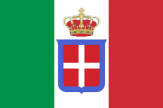
El África Oriental Italiana (en italiano: Africa Orientale Italiana, AOI) fue una colonia italiana ubicada en África entre los años 1936 y 1941, conformada por los territorios del Imperio etíope, recientemente ocupadas después de la Segunda Guerra Ítalo-Etíope, y las colonias italiana de Eritrea y Somalia. Fue establecida en nombre de Víctor Manuel III, Rey de Italia, que a partir de entonces añadiría sus títulos el de Emperador de Etiopía.
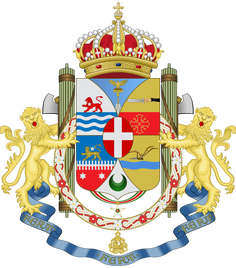
En agosto de 1940, tras el comienzo de la Segunda Guerra Mundial, incorporó también los territorios recientemente conquistados de la Somalilandia Británica. Durante la Campaña militar del África Oriental las fuerzas aliadas lideradas por Gran Bretaña lograron derrotar al Regio Esercito italiano y conquistaron toda la región, con lo que desaparecía la colonia italiana.
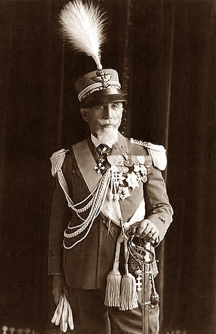
El control en la África Oriental Italiana fue ostentado por poblaciones nativas (somalíes o eritreos), especialmente aquellas que aspiraban a integrar su cultura en el Imperio Italiano a través de la política Fascista. Pero los etíopes se opusieron frontalmente: en febrero de 1937, después de un fallido intento de asesinato del Virrey italiano Rodolfo Graziani, éste ordenó a los soldados italianos saquear el famoso monasterio etíope de Debre Libanos, donde los guerrilleros etíopes se habían refugiado temporalmente tras el fracaso del atentado. Los monjes y monjas del monasterio fueron ejecutados.
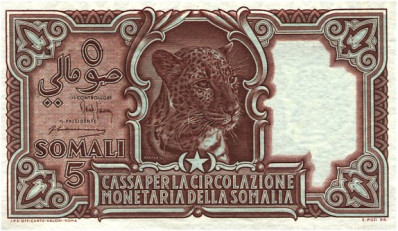
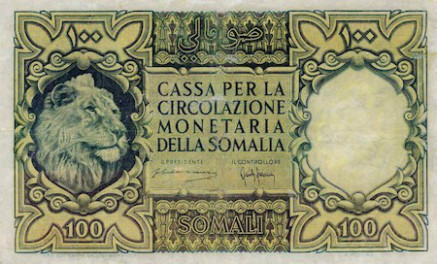
Posteriormente, soldados italianos destruyeron los asentamientos nativos de Addis Abeba, siendo asesinados unos 30.000 etíopes y sus viviendas quemadas hasta los cimientos. La política colonial fascista en el AOI tenía características típicas del Divide y vencerás: Con la idea de dividir a los Amaras cristianos ortodoxos, el territorio de Amara reclamado por los eritreos fue entregado a la Gobernación de Eritrea mientras que la región de Ogaden reclamada por los somalíes fue entregado a la Gobernación de Somalia.
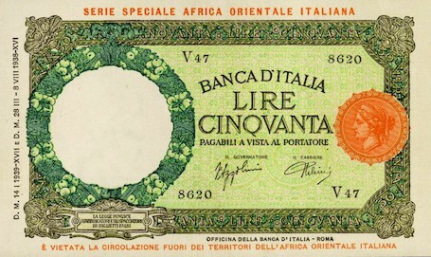
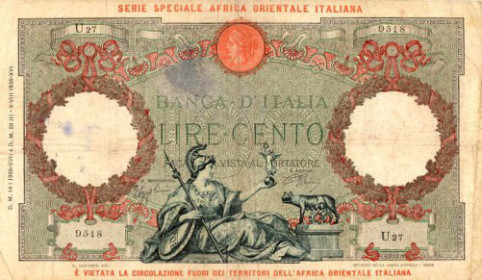
Los esfuerzos de reconstrucción después de la guerra de 1936 se concentraron en la idea de beneficiar a las poblaciones musulmanas a expensas de los cristianos ortodoxos de Amhara, para así fortalecer el apoyo de los musulmanes al poder colonial italiano.

El Régimen fascista animó a los campesinos italianos a colonizar el AOI mediante la creación allí de asentamientos agrícolas y pequeños establecimientos industriales. Sin embargo, pocos italianos llegaron a la colonia y la mayor parte lo hizo procedentes de Eritrea. En 1940 sólo 3.200 agricultores habían llegado a Etiopía, menos del diez por ciento que él Régimen fascista había fijado como meta final.
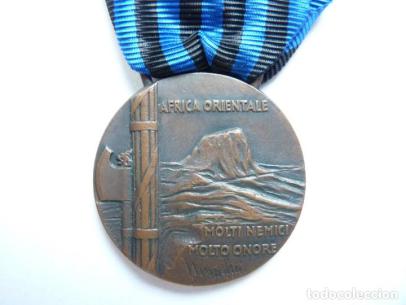
La persistente resistencia de los etíopes nativos, falta de recursos, terreno cultivable, y la incertidumbre de las condiciones políticas y militares desalentó el desarrollo industrial y el asentamiento en el campo etíope No obstante, la Eritrea italiana disfrutó de un importante desarrollo apoyado por 80.000 colonos italianos.

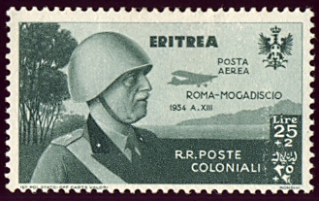

La colonia resultó ser muy cara de mantener y el presupuesto de la AOI en 1936-1937 solicitó de Italia nada menos que 19.136 millones de liras para crear la infraestructura que requería la colonia, debido a los constantes ataques de los combatientes guerrilleros etíopes. Los ingresos fiscales de Italia de aquel año solo fueron de 18.581 millones de liras.

También hubo un proyecto urbanístico para la ampliación de Addis Abeba, con el fin de convertirse en la capital artística del Africa Orientale italiana, aunque estos planes arquitectónicos (al igual que otros proyectos) se vieron detenidos con el inicio de la Segunda Guerra Mundial.

Ya iniciada la entrada en guerra de Italia, en 1940 la colonia vecina de la Somalilandia Británica fue ocupada por fuerzas italianas y automáticamente absorbida por el África Oriental Italiana. Esta conquista fue de los pocos éxitos italianos en el África Oriental, que en 1941 caería ante la ofensiva de los Aliados y supuso el fin de toda al Africa Oriental Italiana.

En 1936, el África Oriental Italiana abarcaba todos los territorios de la actual Etiopía, Eritrea y la mayor parte de Somalia, con la excepción del territorio que compone actualmente de facto la independencia de la República de Somalilandia. La colonia fue dividida en seis provincias, cada una dirigida por un gobernador italiano.
- Gobernación de Amara,
- Gobernación de Eritrea,
- Gobernación de Gala y Sidama,
- Gobernación de Harar
- Gobernación de Shewa,
- Gobernación de Somalia.

Italian East Africa (Italian: Africa Orientale Italiana) was an Italian colony in the Horn of Africa. It was formed in 1936 through the merger of Italian Somaliland, Italian Eritrea, and the newly conquered Italian Ethiopia.
During the Second World War, Italian East Africa was occupied by a British-led force including colonial and Ethiopian units. After the war, Italian Somaliland and Eritrea came under British administration, while Ethiopia regained full independence. In 1949, Italian Somaliland was reconstituted as the Trust Territory of Somaliland, which was administered by Italy from 1950 until its independence in 1960.

When established in 1936, Italian East Africa (the other Italian colony in Africa being Italian North Africa) consisted of the old Italian possessions in the Horn of Africa, Italian Eritrea and Italian Somaliland, and the recently annexed Empire of Ethiopia. Victor Emmanuel III of Italy consequently adopted the title of “Emperor of Ethiopia”, although having not been recognized by any country other than Nazi Germany and Imperial Japan.

The territory was divided into the six governorates of Italian East Africa: Italian Eritrea and Italian Somaliland, plus four provinces of Ethiopia (Amhara, Galla-Sidamo, Scioa, Harar) each under the authority of an Italian governor, answerable to a viceroy, who in turn represented the Emperor.

Italian East Africa was briefly enlarged in 1940, as Italian forces conquered British Somaliland, thereby bringing all Somali territories under Italian administration. However, the enlarged colony was dismembered only a year later, when in the course of the East African Campaign the colony was occupied by British forces. Italian East Africa, in Italian “Africa Orientale Italiana”, was acronymed in official documents as “AOI”.

Historians are still divided about the reasons for the Italian attack on Ethiopia in 1935. Some Italian historians such as Franco Catalano and Giorgio Rochat argue that the invasion was an act of social imperialism, contending that the Great Depression had badly damaged Mussolini’s prestige, and that he needed a foreign war to distract public opinion. Other historians such as Pietro Pastorelli have argued that the invasion was launched as part of an expansionist program to make Italy the main power in the Red Sea area and the Middle East.

A middle way interpretation was offered by the American historian MacGregor Knox, who argued that the war was started for both foreign and domestic reasons, being both a part of Mussolini’s long-range expansionist plans and intended to give Mussolini a foreign policy triumph that would allow him to push the Fascist system in a more radical direction at home.

Unlike forty years earlier, Italy’s forces were far superior to the Abyssinian forces, especially in air power, and they were soon victorious. Emperor Haile Selassie was forced to flee the country, with Italian forces entering the capital city, Addis Ababa, to proclaim an empire by May 1936, making Ethiopia part of Italian East Africa.

The Italian victory in the war coincided with the zenith of the international popularity of dictator Benito Mussolini’s Fascist regime, during which colonialist leaders praised Mussolini for his actions. Mussolini’s international popularity decreased as he endorsed the annexation of Austria by Nazi Germany, beginning a political tilt toward Germany that eventually led to the downfall of Mussolini and the Fascist regime in Italy in World War II.

OTRAS DE MIS WEBS
CEUTA DESCONOCIDA: http://www.ceutadesconocida.wordpress.com
PAISES DESAPARECIDOS: http://www.paisesdesaparecidos.wordpress.com
